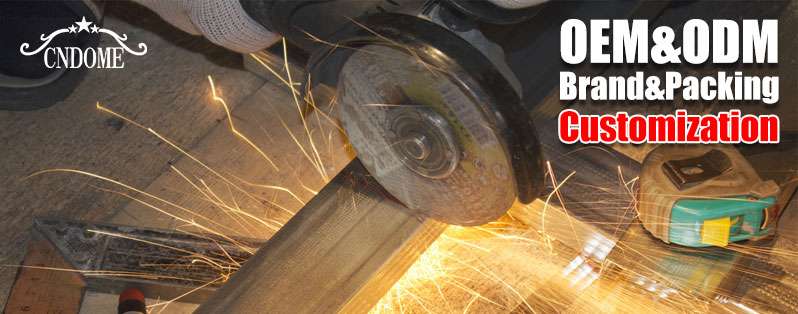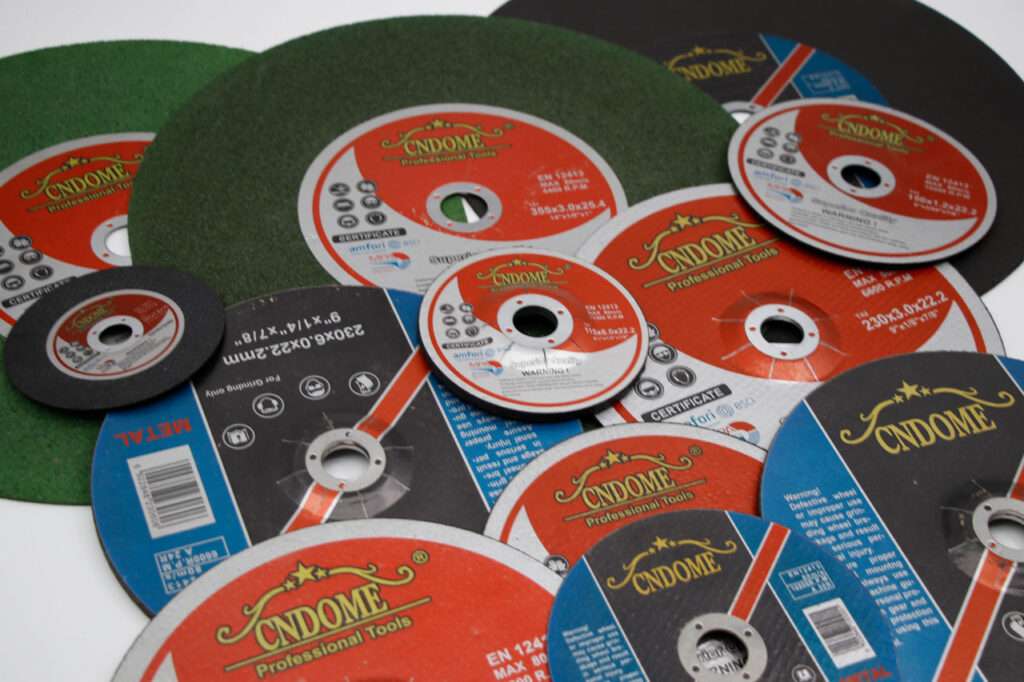Angle iron is a versatile material commonly used in construction, framing, and fabrication. It’s important to choose the right cutting wheel to ensure precision, efficiency, and safety when cutting through angle iron. In this blog, we’ll explore the types of cutting wheels suitable for angle iron, factors to consider, and best practices for use.
Types of Cutting Wheels for Angle Iron
Depressed Center Cut-Off Wheels (Type 27)
- These wheels are ideal for working on angle iron as they allow for both cutting and light grinding. The depressed center design provides a more ergonomic cutting angle, reducing fatigue and improving control during operations.
Flat Cut-Off Wheels (Type 1)
- These flat, thin discs offer fast and precise cutting, making them perfect for straight cuts on angle iron. Since they have a smaller surface area, they create less friction and heat, resulting in cleaner cuts.
Diamond Cut-Off Wheels
- While traditionally used for cutting stone and masonry, diamond cut-off wheels can be used for metal cutting as well, particularly when durability and long-lasting performance are needed for repetitive angle iron cuts.
- These are the most common wheels used for angle iron cutting. They are made of composite materials like aluminum oxide or zirconia alumina, which offer excellent cutting performance and longevity when working with tough metals.
Key Factors to Consider When Selecting a Cutting Wheel
Material
- The composition of the cutting wheel should match the material being cut. For angle iron, which is typically mild steel, wheels made of aluminum oxide or zirconia are preferred due to their ability to cut through metal with ease.
Wheel Thickness
- Thinner wheels (1mm to 1.6mm) are ideal for quick, precise cuts, while thicker wheels (up to 3mm) provide stability and are suited for tougher cutting jobs. Thin wheels reduce material loss and heat generation, resulting in cleaner cuts on angle iron.
Wheel Diameter
- The size of the cutting wheel should be compatible with the angle grinder or cutting machine being used. Common diameters range from 4.5 inches to 9 inches, depending on the thickness and size of the angle iron.
Speed and RPM Rating
- Ensure the cutting wheel’s maximum RPM rating is compatible with your tool’s speed. Overloading a cutting wheel can cause it to overheat or even shatter, posing serious safety risks.
Best Practices for Cutting Angle Iron
Use a Secure Workbench
- Always secure the angle iron to a stable work surface using clamps or a vice to prevent movement during cutting. This ensures a clean, accurate cut while maintaining safety.
Maintain a Steady Hand
- When cutting with an angle grinder, use smooth, steady movements, avoiding any jerky or forced actions. Let the cutting wheel do the work—excessive pressure can damage the wheel and tool.
Wear Protective Gear
- Always wear safety goggles, gloves, and ear protection when cutting metal. Sparks and debris can cause serious injuries, so it’s crucial to have the proper safety gear.
Cut at a 90-Degree Angle
- Position the cutting wheel at a 90-degree angle to the workpiece for the cleanest cuts. This helps reduce the chance of binding or kickback, which can occur if the wheel gets stuck in the material.
Check for Heat Buildup
- Metal cutting generates significant heat. If the workpiece or cutting wheel becomes too hot, allow them to cool down to avoid damaging the metal or the cutting wheel.
Conclusion
Choosing the right cutting wheel for angle iron is essential for achieving efficient and clean cuts. Depressed center, flat, and abrasive wheels are all excellent options, depending on the specific needs of your project. Always ensure that the cutting wheel matches the material, machine, and job requirements, and follow safety protocols to get the best results.
By following these guidelines, you’ll be able to cut angle iron with precision and safety, ensuring the success of your project.
Online Message
Minimum Order Quantity: 5,000 Pcs, 10 Pcs Free Samples.
Contact Us For More Information!
Tel/WhatsApp
+86 18796960868
DomeGrinding@hotmail.com
Address



